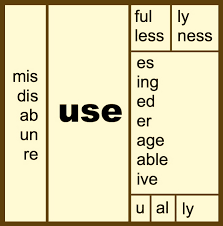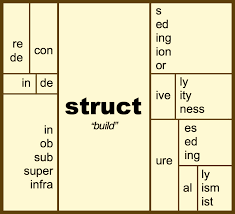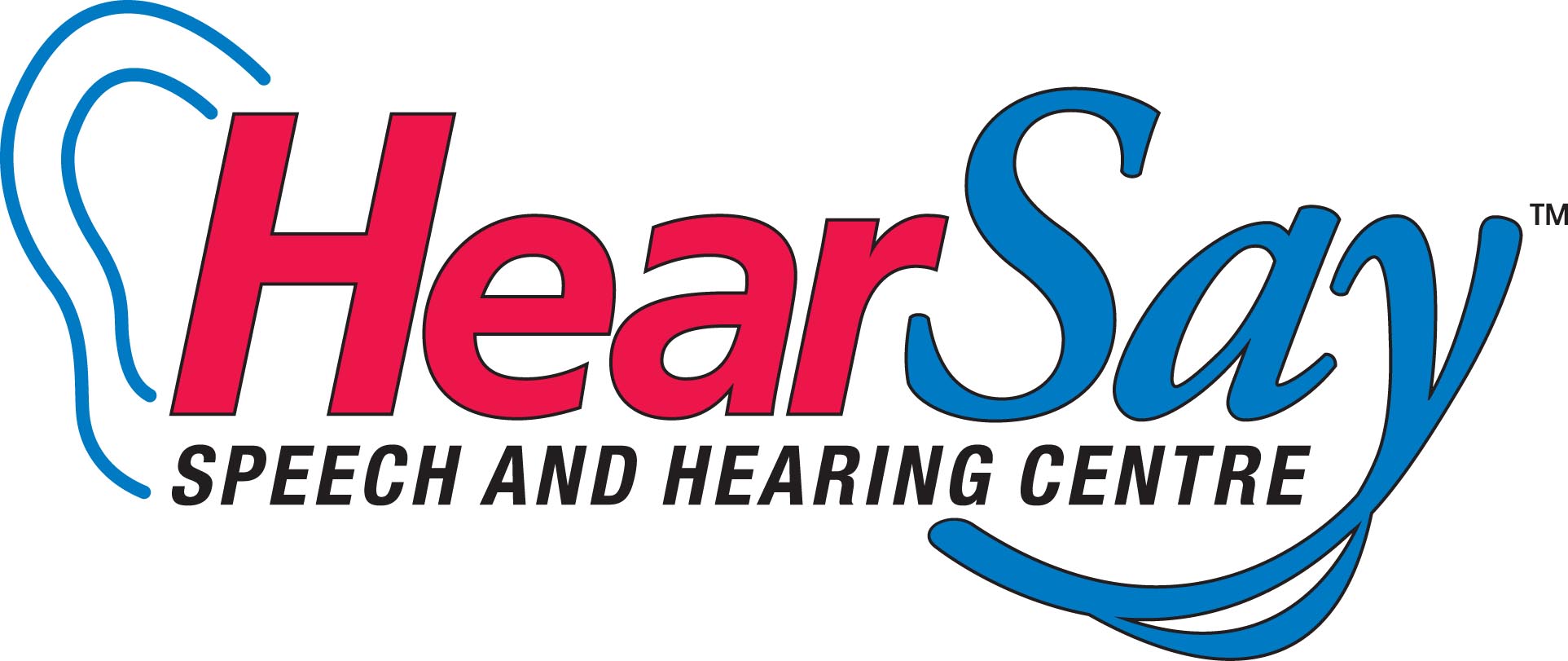
With thousands of strategies and methods to teach reading, it can be hard to navigate which method is right for you, your child or your family member. First and foremost, being fully literate is a human right. It is one of the most essential life skills we can acquire and learn. However, for many, becoming fully literate is not acquired naturally and can be challenging, frustrating and defeating, not only affecting academic success but emotional and psychological well-being, confidence and self-esteem.
As quoted from the Ontario Human Rights Commission:
“On October 3, 2019, the Ontario Human Rights Commission (OHRC) announced a public inquiry into rights issues that affect students with reading disabilities in Ontario’s public education system. The Right to Read inquiry, which focused on early reading skills, found that Ontario’s public education system is failing students with reading disabilities (such as dyslexia) and many others, by not using evidence-based approaches to teach them to read.”
Right to Read Inquiry Report, 2022
Structured literacy uses a systematic and explicit way of teaching reading skills. The skills build on one another and start from early skills then build cumulatively onto more advanced skills. At HearSay, our clinicians are formally trained in the Orton Gillingham methodology of reading. The Orton-Gillingham methodology is the only structured literacy approach that is approved by the International Dyslexia Association. A comprehensive structured literacy program will focus on elements of decoding (identifying and reading words) as well as orthography (spelling/spelling patterns). The process of a structured reading program involves (but is not limited to) the following components:
- Auditory Discrimination (hearing and identifying similarities and differences in sounds)
- Phonemic Awareness (sound manipulation, sound patterns, phoneme identification)
- Phonics (letter/sound knowledge)
- Syllable Knowledge (understanding of parts of words and sequencing parts of words)
- Morphology (understanding of parts of words that give specific meaning such as prefixes/suffixes)
- Syntax (word order/sequence of words combined to produce sentences)
- Semantics (word meaning, expansion of vocabulary)
- Advanced Language Structures (idioms, figures of speech, homonyms, metaphors)
- Fluency (the ease with which we read, intonation, phrasing, pausing)
- Comprehension (ability to understand what is read, make predictions, inference, draw out important details)
It is important to incorporate all of these elements, but also have a good understanding of your childs language, learning and literacy profile by way of tests that outline the specific needs of each individual. Structured literacy programming is not a ‘one-size-fits-all,’ rather it is prescriptive to meet the neurological needs that are unique to each client.
Reach out to speak to one of our clinicians, we can help. While many reading programs focus on decoding words, the Orton Gillingham methodology of reading overlays decoding with print awareness in order to build in written language skills, while also building on spelling conventions (i.e., when and why we use certain vowel or consonant combinations in spelling different words such as the ‘f’ sound in ‘enough’ vs the ‘f’ sound in ‘farm’ vs the ‘f’ sound in ‘phone’).
Structured Word Inquiry is one of the strategies used to build on literacy and language skills in a way that teaches students the roots of words (word meaning and origin) and how the root of a word creates the foundation from which to build multiple other words. Each suffix and prefix changes the meaning of a word. We use Structured Word Inquiry as a tool to teach students that from one root word we have the capability to build many other words.
What is Structured Word Inquiry?


What does therapy look like? As an overview, the first 12 weeks should get your child to a point where the phonemic training is solid, (though each child will progress at different rates, some things coming easily, other things perhaps not so easily….if this was easy, your child would have spontaneously learned these skills on their own).
To be realistic, most students require a minimum of 9-12 months to close the gap (this is based on one-on-one therapy sessions paired with home program modules, and in older kids the minimum is more often 2 years of intense work to get up to grade level in reading skills.
Another important and relevant aspect of teaching spelling is in the understanding of the “spelling-to-meaning connection” where our clinicians use an approach called Structured Word Inquiry. Though it is often said that English is a confusing and complicated language with no rhyme or reason to the spelling of various words, if we go to the meaning and origin of words, we find that words such as ‘pterodactyl’ and ‘??????’ actually originate from historical and cultural meaning.
First 12-week Block of Therapy:
Expectations – The initial 12-week block of therapy is not a start-to-finish process. You can expect to achieve phonemic training (sound discrimination), improvement for processing in noise as well as phonemic synthesis (sound to word blending). It is in this 12-week block that you can expect that your child will start to pave new pathways for neural development. These new skills will then set the foundation and set the stage for facilitating early decoding skills required for early reading development.
If you have chosen to incorporate a daily home-program package to your therapy sessions, your child will be expected to complete daily activities online for a minimum of 30 minutes 5 times a week. The Fast ForWord licensing program is one such licensing program we use to address processing skills, memory, attention, and sequencing. The expectation is that the first two levels of the program would be completed in the 12-week time period (Foundations 1 and Foundations 2).
Over the decades there have been many schools of thought on teaching reading (i.e., top-down or whole word/site word approach, bottom-up or phonemic awareness). The difficulty with a top-down approach is that it does not address the most basic elements of sound (at the phoneme level) which is the essence of auditory processing disorder. For someone with an auditory processing disorder, taking a whole-word approach to literacy will not aid in developing sound awareness, and without these skills, reading (decoding, encoding, word-attack strategies, comprehension) will remain challenging.
It is in the later stages of therapy (beyond the first 12-week block of therapy) that sessions would then delve further into specific structured reading strategies using various methodologies that stem from the Orton-Gillingham approach to literacy.
It is very hard to gauge the speed of progress in any given client. Most often it is realistic and achievable to expect that we can carry out all sound discrimination and phoneme training in the 12 weeks, however, every client does progress at their own rate and many factors can come into effect which could make the learning process slower (i.e., learning disabilities, severe language impairment/dyslexia whether identified or not, speech and language delays, behaviour difficulties and inattentiveness).

Beyond the first 12-week block:
Orton-Gillingham is a multi-modality method of teaching reading beginning with the smallest units of meaning. The clinician will continue to work one-on-one with you/your child on new tasks that look at explaining language rules and guiding experimentation with phonics. The sessions would then also address reading and spelling conventions, while simultaneously bridging in written structure/print and written expression. This all unfolds together alongside the structures of language, the smallest meaningful units of language (called morphemes). While focusing on decoding words, and the spelling of words, there is focus on language at the same time. As an example, the /s/ ending in words can have many meanings, it can denote singular/plural (i.e., cat/cats), it can denote possession (i.e., Kate/Kate’s) and it can also denote third person singular verb tense (i.e., paint/paints).
Alongside the Orton-Gillingham approach, the therapy would incorporate a systematic approach to the rules of language, spelling and word patterns, as well as facts about words that dictate the way we spell them based on historical and language-based origins (e.g., words derived from Latin, or other languages and cultures). With all these things in mind, the therapist guides the client on ways to ‘crack the code’ to reading, writing and spelling which in turn develops incredible word-attack strategies that will carry through at all levels of literacy and language.
Speech-Language Pathologists are specifically trained in the nuances of language that correspond with literacy and reading unlike any other reading coaches. The understanding of phonetics, morphology and semantics of language are critical in the teaching of reading.
Individuals with Specific Language/Learning Disorders (i.e., Dyslexia) require specific and intense structured teaching of reading in order to make gains. Most often multiple sessions per week are necessary to make strides to close the literacy and language gap. This can further be impacted by listening difficulties (i.e., auditory processing disorder and/or phonemic synthesis skills).
Taking this all-encompassing approach to reading by incorporating auditory processing, language and word meaning is the most effective way to bridge ALL skills required to ensure a fully literate child!
